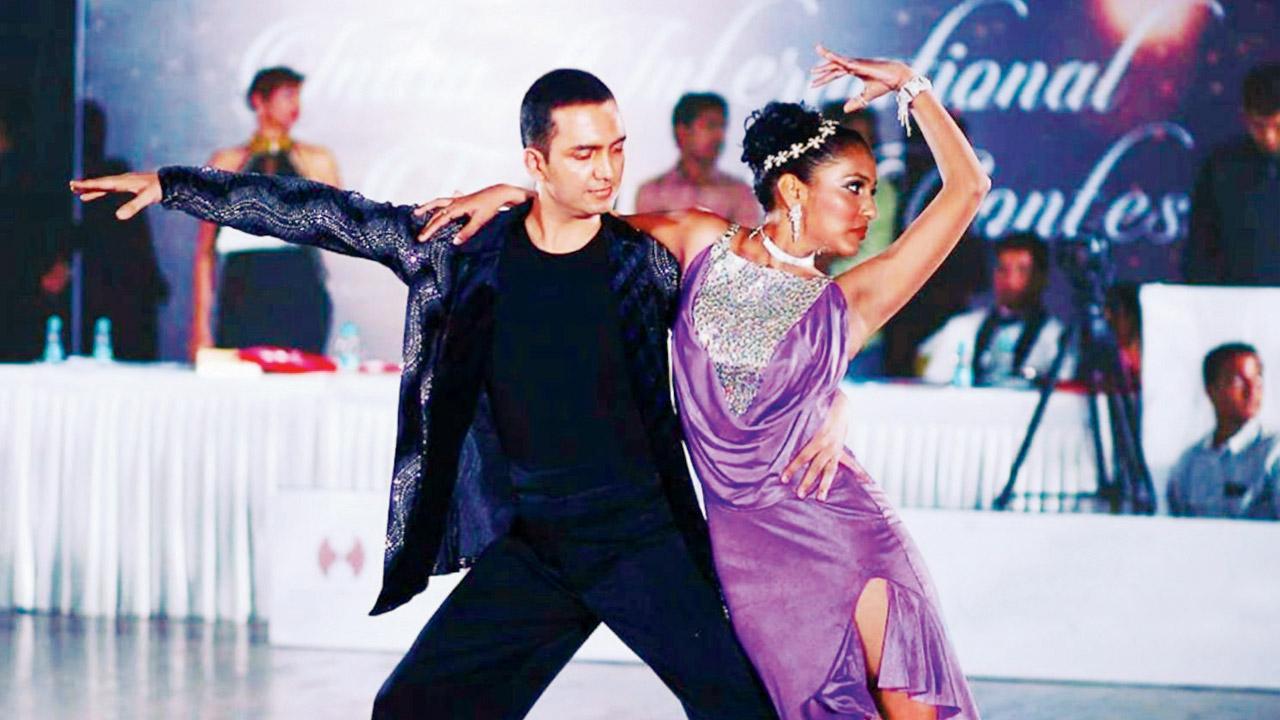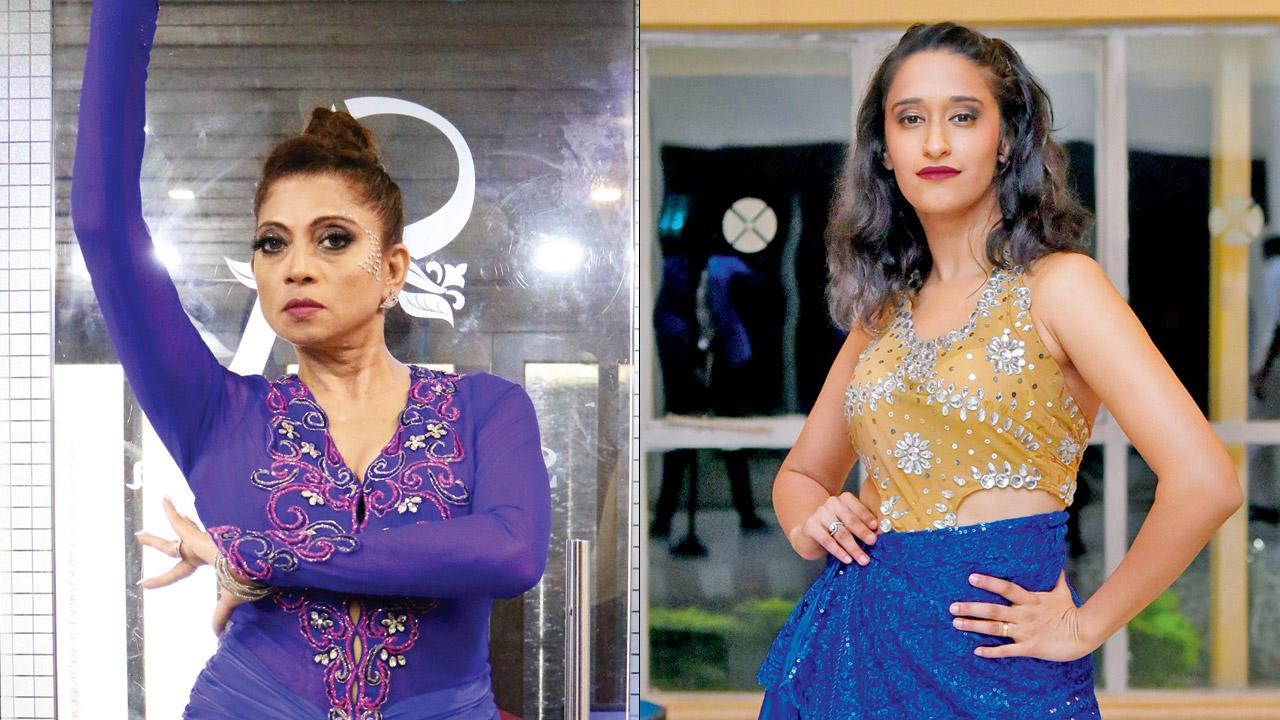Homegrown indie platforms are trying to solve attire woes that competitive Indian dancers of ballroom and Latin dance often face

Designs by Dress en Pointe
'Dress apart, dance the part’ is the tagline of a new venture called Dress en Pointe started by entrepreneurs and dancers, Delnaz Billimoria and Zian Bhamgara. The businesswomen tell us, “There is currently a lack of availability of dancewear in India, specifically Latin and ballroom attire. A lot of it is imported.” Billimoria explains that when not tackling international shipments, ballroom dancers buy costumes either while on their own travels, reach out to those on overseas trips or rent them out.
ADVERTISEMENT

Aniruddha Pathak and his partner, Akshada
Bhamgara elaborates, “We are trying to build a homegrown brand that offers cost-effective products.” Their apparel starts from '2,000. Bilimoria continues, “You can get a feel of the fabric. You don’t have to wait for 30 or 40 days for your material or clothes to arrive, and then be disappointed.” By importing the correct fabric, Dress en Pointe stitches all their products in India. A key member to ensure this happens is Masterji Sonu Haider and his team of five tailors who have a workshop in Worli. With 21 years of experience, Haider and his posse are well-versed with the requirements and preferences of dancers as well as stretchy, difficult-to-handle material — the most common being a four-way stretch lycra.

Zian Bhamgara (left) and Delnaz Billimoria
Until now, most professional dancers have had to find their own means with attire. Like hairstylist and salon owner Ay’sha Riazuddin, who has been ballroom-dancing for six years says. “Most of my outfits are lent by my teacher.” Aniruddha Pathak, finance professional and ballroom dancer for 12 years, sums up how expensive the whole affair can be, saying, “I’ve spent '7,000 for a pair of Latin pants.” Riazuddin explains her difficulty in finding the right material and tailor, “With Latin dancewear, you will see an asymmetric cut — tailors have to cut on the bias.”

Masterji Sonu Haider
And some like Sahiba Sawhney, a Mumbai-based salsa trainer and entrepreneur, stitch their own outfits. “I make my own costumes because I prefer to have control over what I wear,” she says. Aided by a degree in fashion design, Sawhney notes that after years in the field, she’s identified a few tailors and the appropriate material to work with.

Ay’sha Riazuddin and Sahiba Swahney
Dress en Pointe currently offers four designs for appropriate practice-wear for ballroom and Latin dancers. They plan to expand their venture to offer premium ballroom costume-wear and attire for other dance forms as well. Bhamgara quips, “You don’t practise right, you don’t perform right.”
Log on to: @dress.enpointe
Expert speak
Ikaanya sources attire from global factories for gymnasts, ballet and contemporary dancers, and Indian dancewear. They plan to make ballroom attire available in the future. Kanika Jain, its founder, shares, “Most people have been using either generic dresses, which may not be appropriate for such movement, or getting dresses stitched. Both these options aren’t ideal.”
Log on to: ikaanya.com
 Subscribe today by clicking the link and stay updated with the latest news!" Click here!
Subscribe today by clicking the link and stay updated with the latest news!" Click here!







